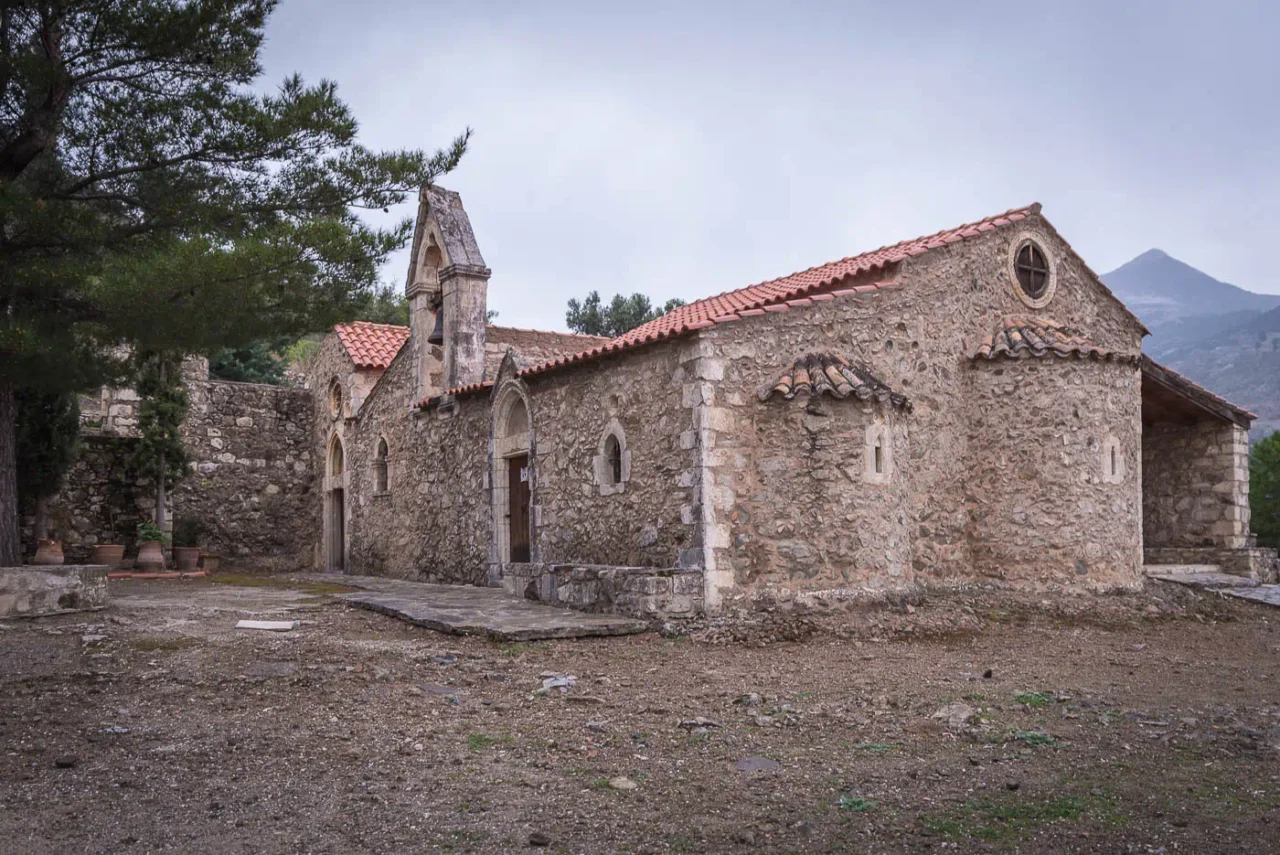
The Monastery of Varsamonero, located 54 kilometers southwest of Heraklion, Crete, is a significant religious site dating back to the early Venetian period. Although the monastery itself is no longer in operation, its church remains a well-preserved example of Byzantine architecture and art. The church falls under the jurisdiction of the Vorizia Municipal District.
The Church
The church at Varsamonero is renowned for its extensive and well-maintained frescoes. It is a three-aisled basilica with a narthex. The northern aisle, the oldest part of the church, is dedicated to the Virgin Mary and features inscriptions dating back to 1332, 1404, and 1407. Venetian documents refer to it as “chiesa della Madonna di Varsamonero” (church of the Madonna of Varsamonero).
The southern aisle, dedicated to Saint John, was decorated with frescoes between 1400 and 1428. A smaller chapel dedicated to Saint Phanourios was added to the southwestern corner of this aisle in 1426. This chapel is mentioned in 1431 by the Cretan painter Konstantinos Rikos. It seems that from this point on, the name of Saint Phanourios became associated with the entire monastery. Saint Phanourios is celebrated in the region as a local saint on August 27th.
History and Significance
While the exact date of the monastery’s founding is unknown, it is believed to date back to the 14th century, coinciding with the construction of the original church (the current Virgin Mary aisle). A prominent figure in the monastery’s history was the 15th-century abbot Ionas Palamas, who played a key role in establishing and spreading the veneration of Saint Phanourios in Crete, with the Monastery of Varsamonero serving as a primary center for this devotion. It is even theorized that the first icons of the saint, created by the renowned painter Angelos Akotantos for the templon of the Saint Phanourios chapel and now located in the Vrontisi Monastery, were the result of a collaboration between the abbot and the artist.
Today, only the main church (katholikon) remains, as the monastery was abandoned as early as the 18th century. It now functions as a dependency (metochi) of the Vrontisi Monastery. The katholikon acquired its current form through successive additions. The original church of the Virgin Mary (the northern aisle) was expanded with the addition of the southern aisle dedicated to Saint John the Baptist, the transverse aisle of Saint Phanourios, and the narthex on the western side. The decoration of these sections of the church was carried out in stages from the mid-14th century, when the frescoes in the Virgin Mary aisle were painted, to the mid-15th century, when the addition and decoration of the narthex were completed.
The frescoes in the church are of high quality and were executed over time, reflecting the individual artistic styles of different painters who, however, belonged to the same artistic tradition of the period from the late 14th to the early 15th centuries. This period coincided with the arrival in Crete of scholars and artists from Constantinople.
Key Points
- Construction Period: Early Venetian period (likely 14th century)
- Location: 54 kilometers southwest of Heraklion, near Vorizia and Zaros
- Dimensions: The church is a three-aisled basilica with a narthex.
- Historical Significance: Important center for the veneration of Saint Phanourios, features well-preserved frescoes from the 14th and 15th centuries
- Current Status: The monastery is no longer active, but the church remains and serves as a metochi of the Vrontisi Monastery.
Access
Earth road in good condition from Vorizia village













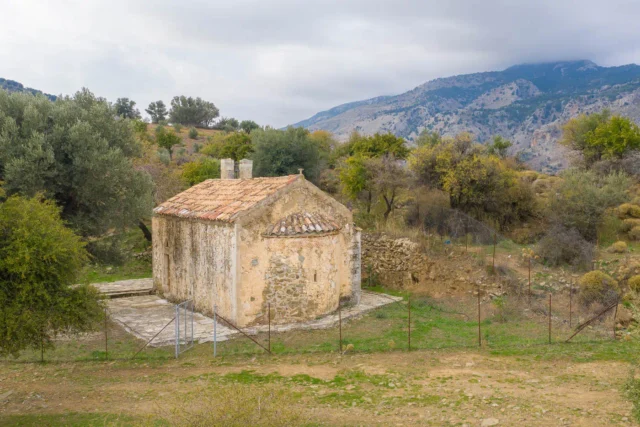

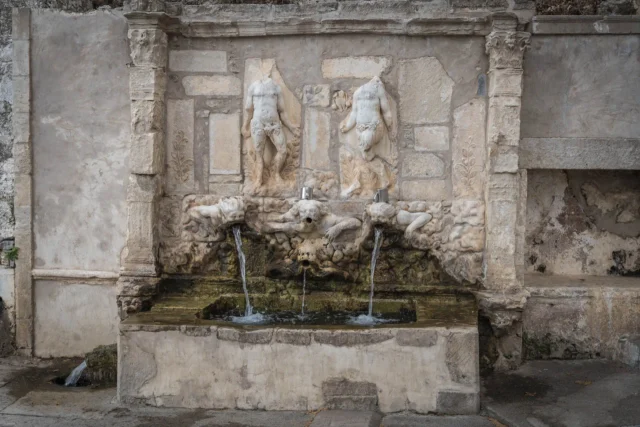

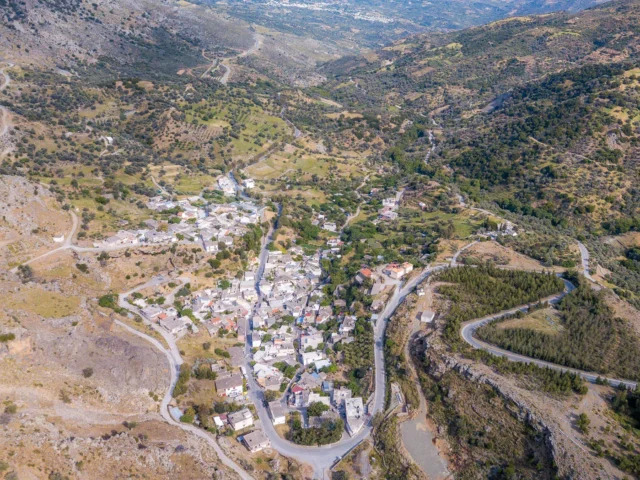

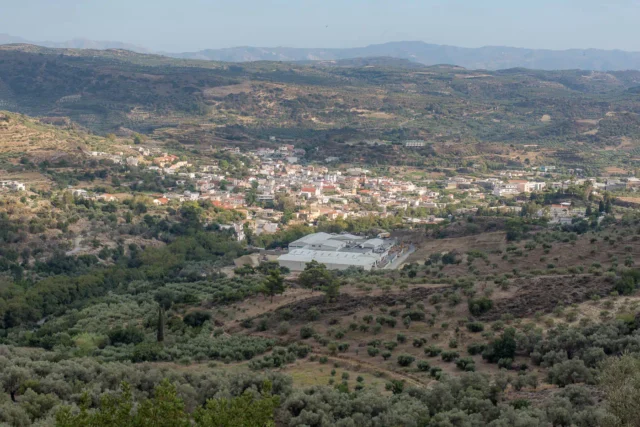
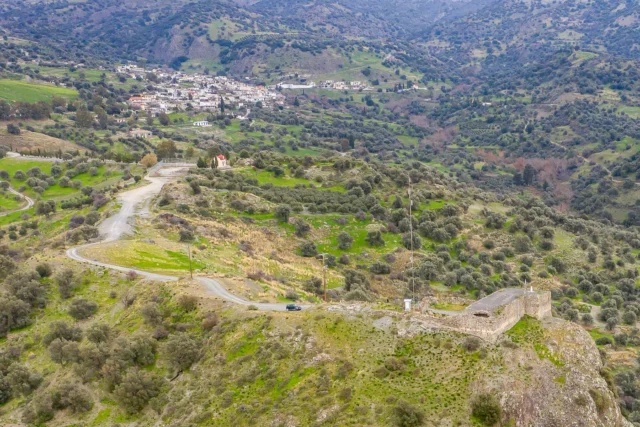
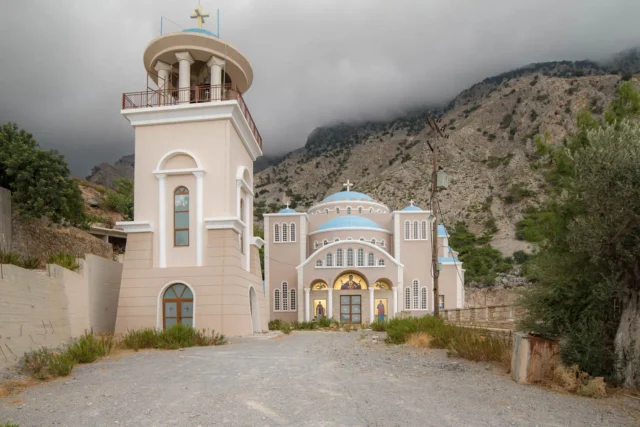

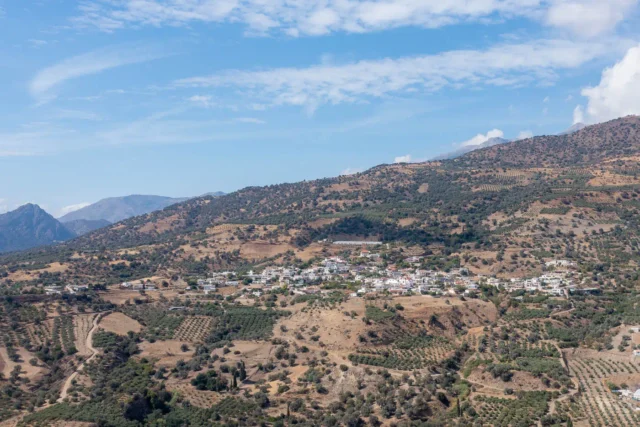
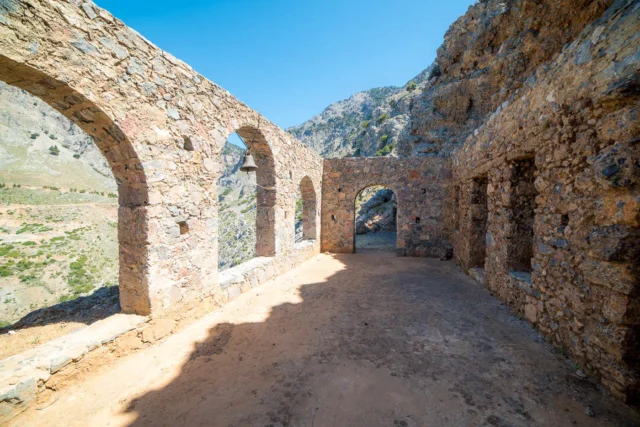
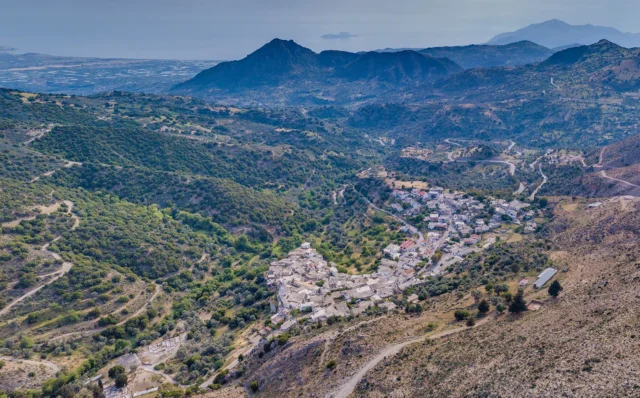
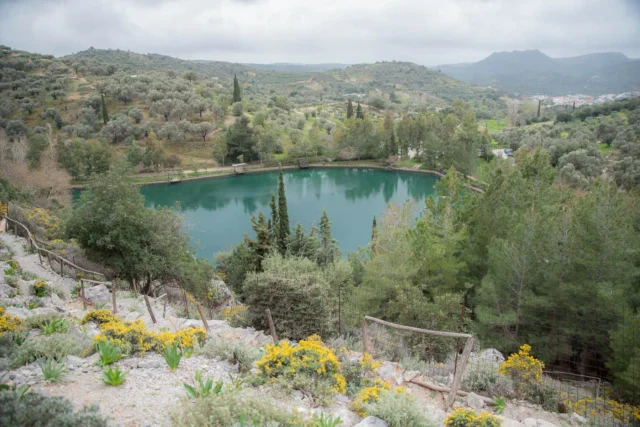


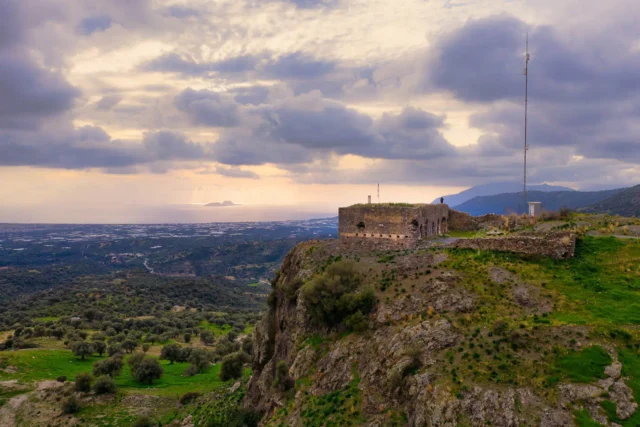
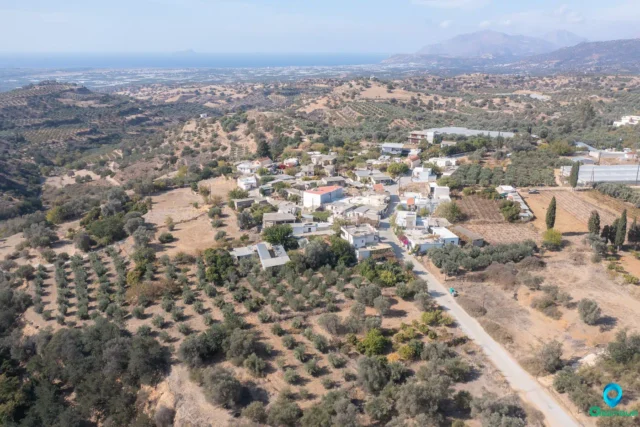
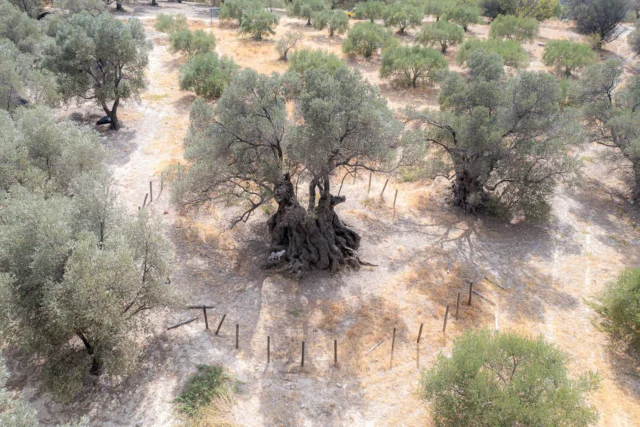

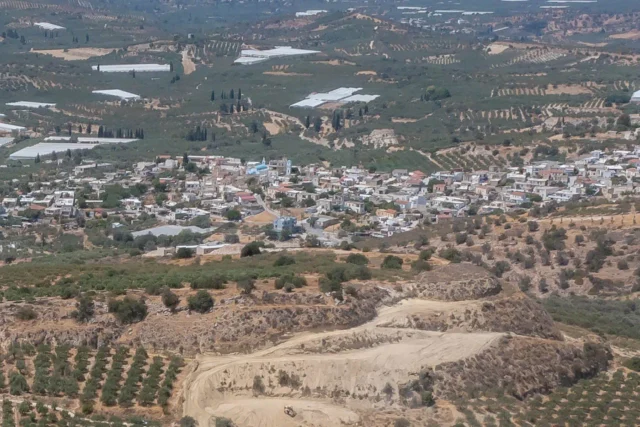

There are no comments yet.